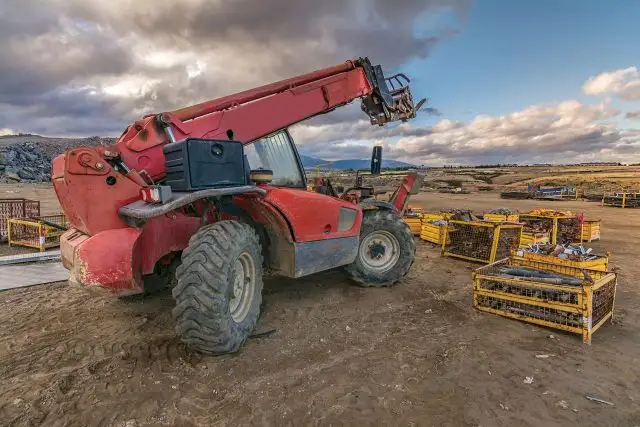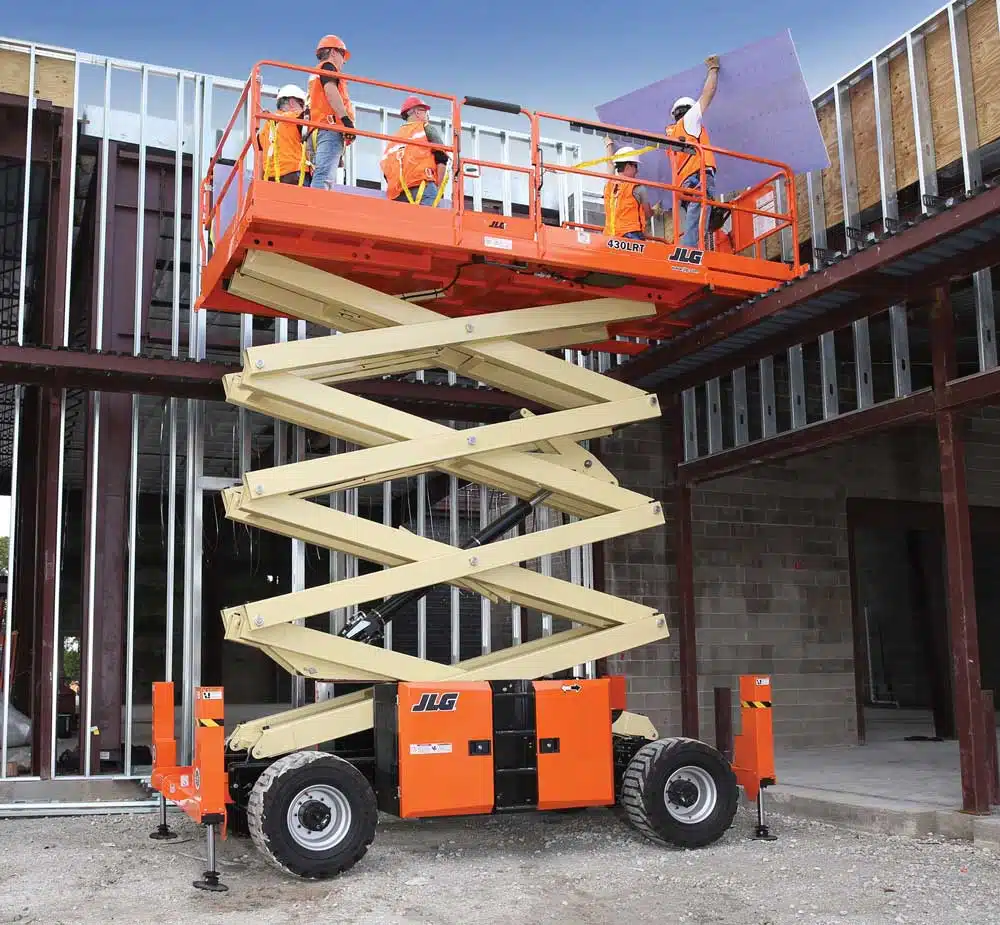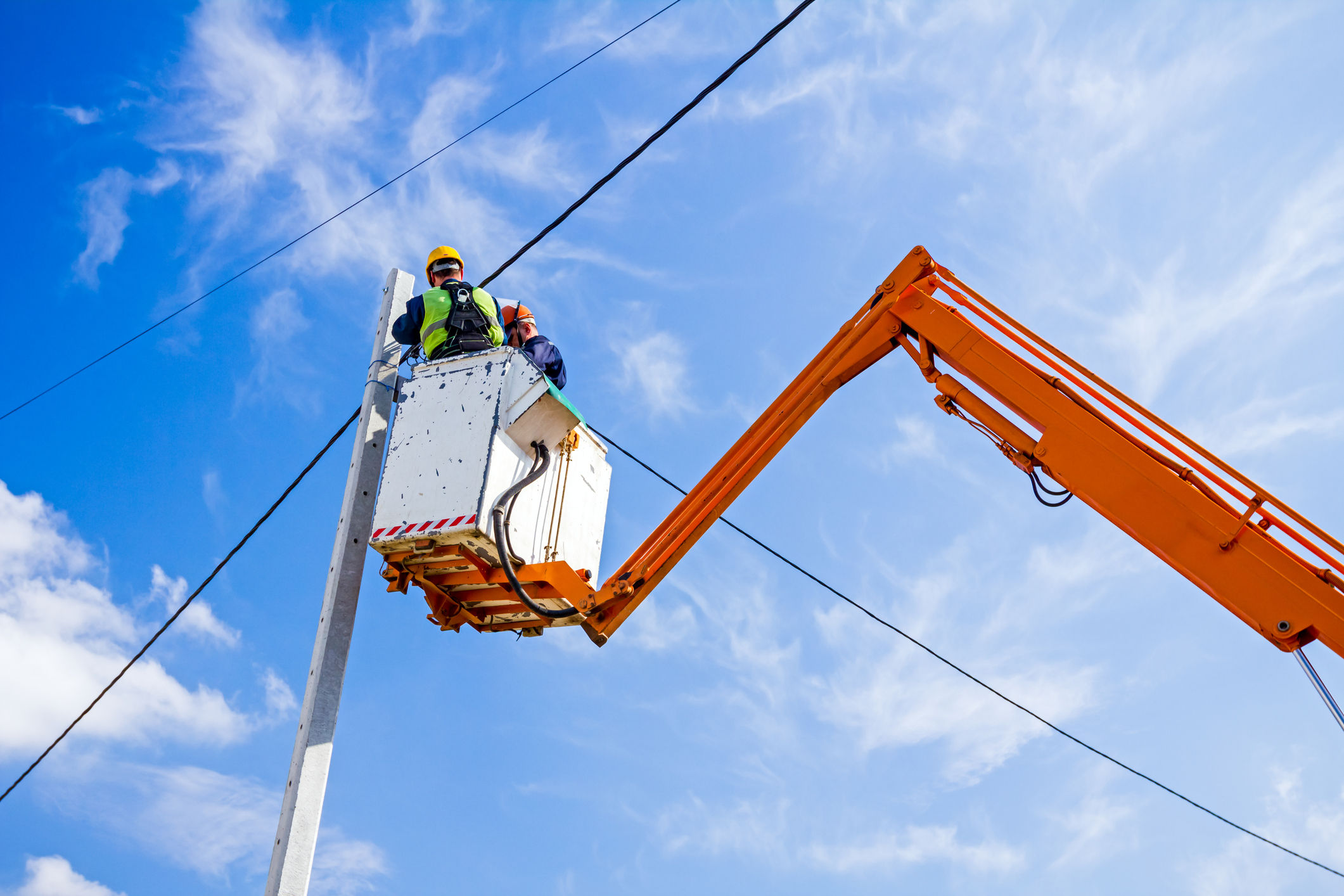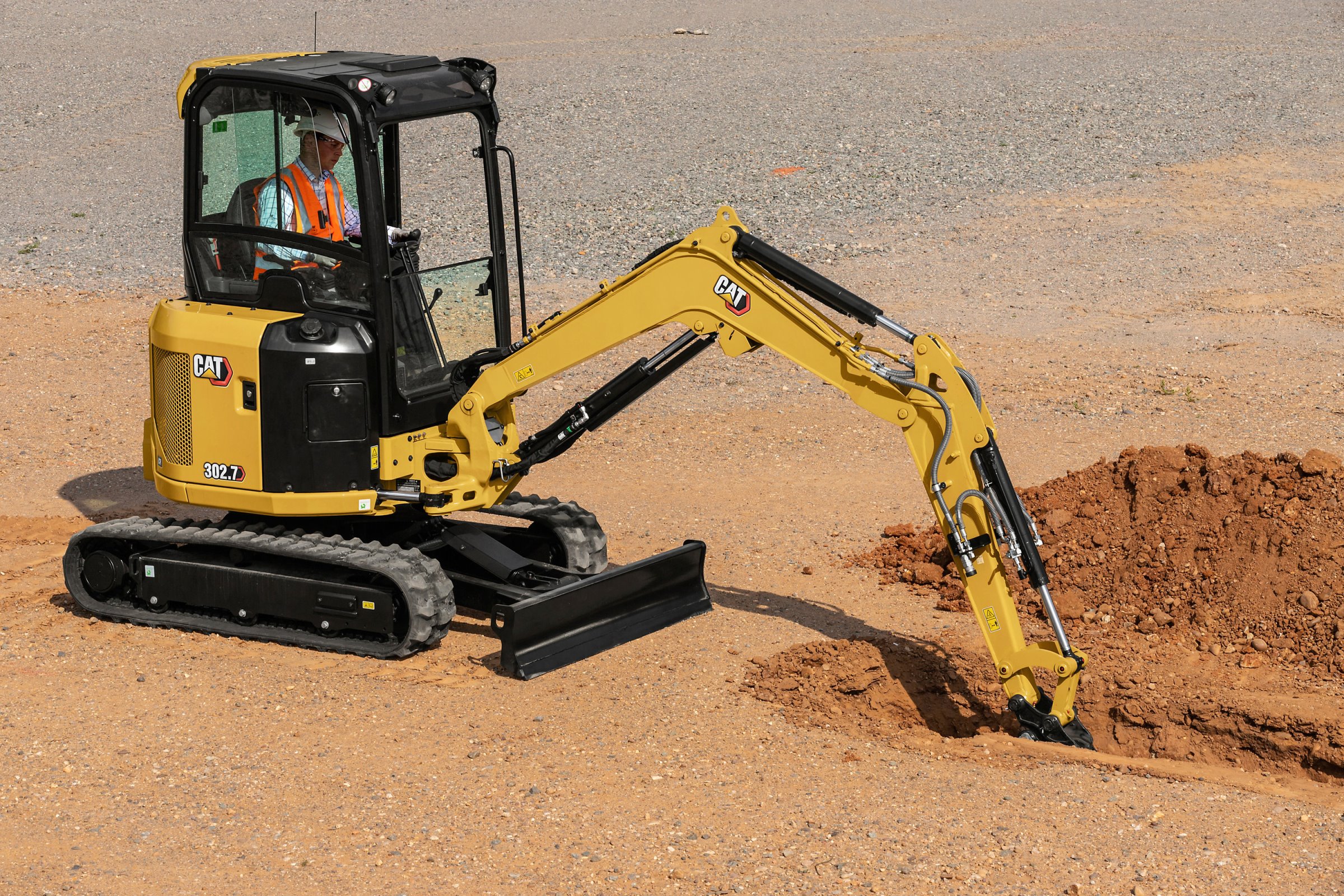Equipment Safety Training
These classes are meant to help workers recognize the hazards involved with operating various pieces of equipment and how to avoid them. After completing a class, workers will receive a card that will state the name of the operator, the type of training, the date of the evaluation, the name of the trainer, and the expiration date. The training expires after three years. These classes will fulfill the responsibility of the employer to ensure the training requirements of the employees in accordance with 29 CFR 1910.178(l) and 29 CFR 1910.66(i).
Forklift Class IV - Warehouse

This safety class is a specialized training program designed for operators of internal combustion engine trucks with solid or cushion tires, commonly used on smooth surfaces such as loading docks and warehouses. The class is aligned with OSHA’s guidelines and focuses on the safe operation of these forklifts, which are typically powered by LPG. Trainees learn about the unique handling characteristics of Class IV forklifts, proper fuel handling, load stability, and maneuvering in tight spaces. The course also covers preventive maintenance, emergency procedures, and workplace-specific hazards.
Forklift Class VII - Lull

A Class VII forklift safety class is a crucial training session tailored for operators of rough terrain forklift trucks, which are designed to navigate and operate on uneven outdoor surfaces. These forklifts are often utilized in challenging environments such as construction sites and lumberyards. The course covers safe operation practices and hazard recognition specific to Class VII forklifts, including handling and stability on rough terrain, proper use of load charts, and understanding the vehicle’s lifting capacity and limitations. After the classroom portion, workers demonstrate their knowledge in a hands-on practical exam.
Scissor Lift

A scissor lift safety class is an essential training program for workers who operate or work around scissor lifts, which are common in construction, manufacturing, and warehousing. The course covers the OSHA Standard 1926.454 requirements, focusing on maximizing worksite safety. Participants learn about the anatomy of scissor lifts, operational risks, fall protection, and stabilization techniques to prevent accidents. The training emphasizes the importance of following the manufacturer’s instructions and includes practical exercises to ensure safe operation.
Aerial Lift

An aerial lift safety class provides critical training for workers who operate or work near various types of aerial lifts, such as extendable boom platforms, articulating boom platforms, and vertical towers. The class covers key safety topics including hazard recognition, avoidance of unsafe conditions, and proper operational procedures. Trainees learn about the risks of falls, tip-overs, and electrocutions, and how to use personal protective equipment effectively. The course also includes instructions on conducting pre-start inspections and understanding the lift’s load capacity as per manufacturer requirements.
Mini-Excavator

Mini-excavator safety training is crucial for individuals who operate these versatile machines. Here are the key points covered in such training:
Anatomy and Stability: Participants learn about the components of mini-excavators, including tracks, boom, arm, bucket, blade, and controls. Understanding the machine’s design and stability is essential for safe operation.
Common Hazards: The training addresses potential risks during mini-excavator operations, such as avoiding tip-overs, maintaining stability on various terrains, and recognizing hazards related to nearby utilities or structures.
Precise Maneuvering: Operators learn how to use joysticks, pedals, and switches effectively. Proper maneuvering techniques help prevent accidents and equipment damage.
Emergency Procedures: Participants gain knowledge about responding to emergencies or equipment malfunctions, including shutdown procedures, evacuation protocols, and first aid measures.
Practical Evaluation: The training includes a practical evaluation to assess an operator’s proficiency.
